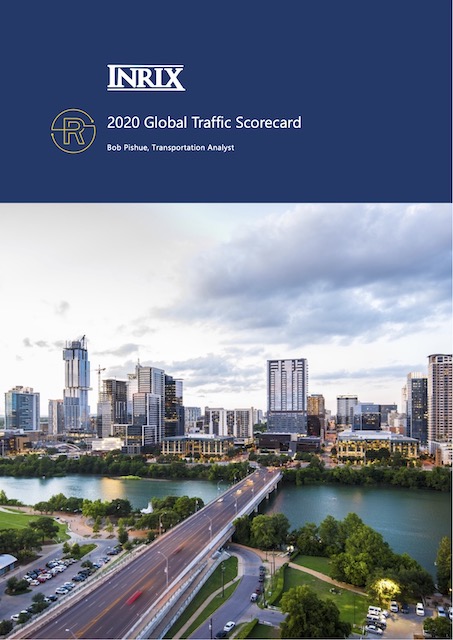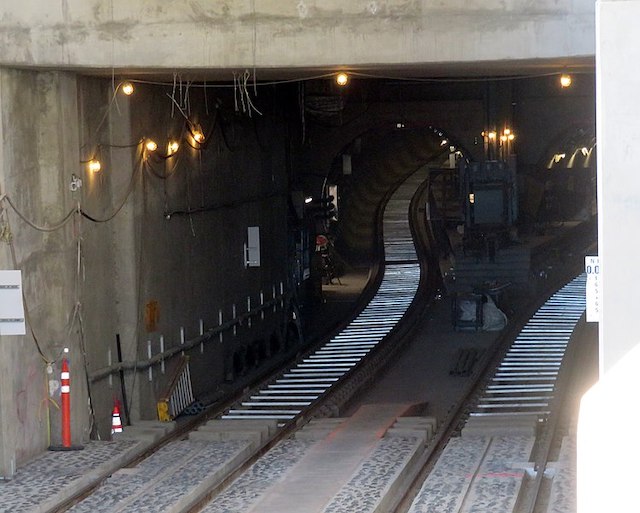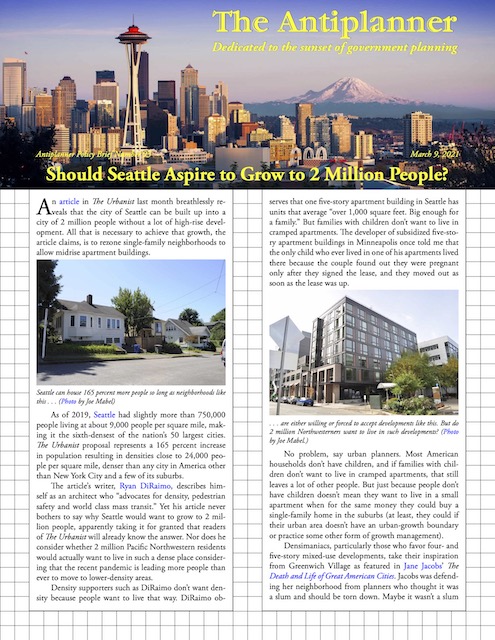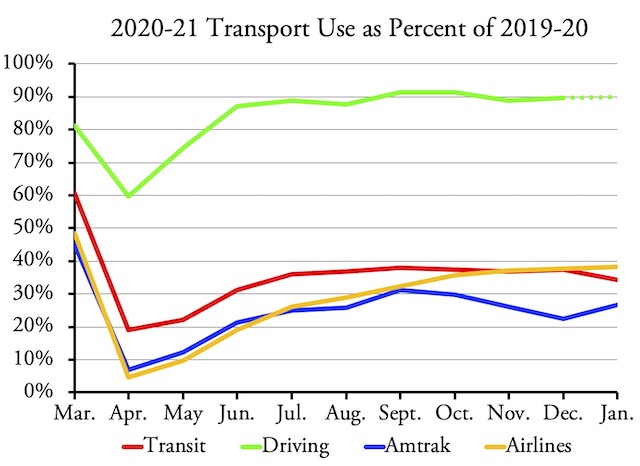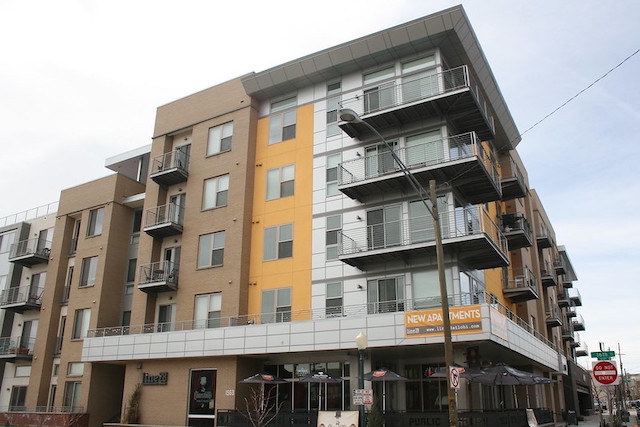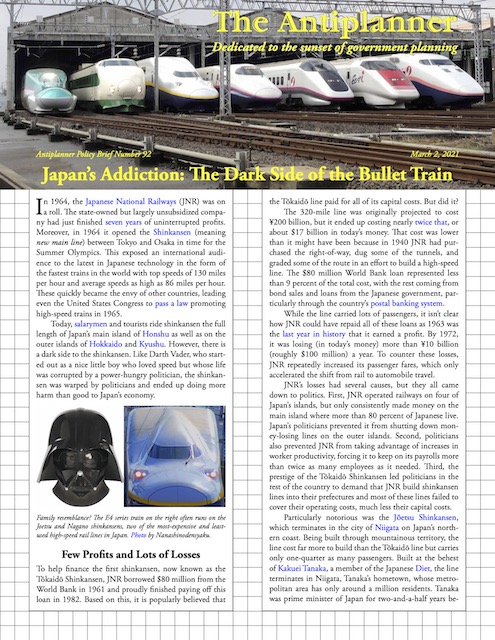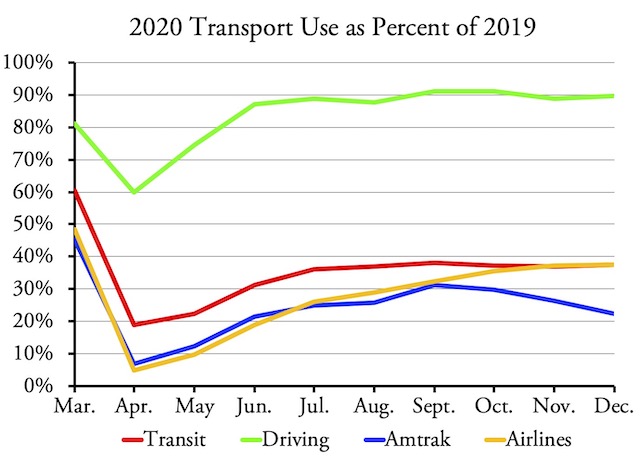The coronavirus and associated lockdowns have cost many their health or incomes, but one benefits is that the average American driver spent 74 percent less time sitting in traffic in 2020 than they did in 2019, according to INRIX’s latest Global Traffic Scorecard. People working at home, of course, saved even more time. People who continued to commute to work saved at least $51 billion, while people who worked at home saved billions more.
Curiously, the worst-congested city in the world, according to INRIX, was Bogota, Columbia in both 2019 and 2020. After that, however, the rankings completely changed, with New York, for example, climbing from 14 to 3. Continue reading

